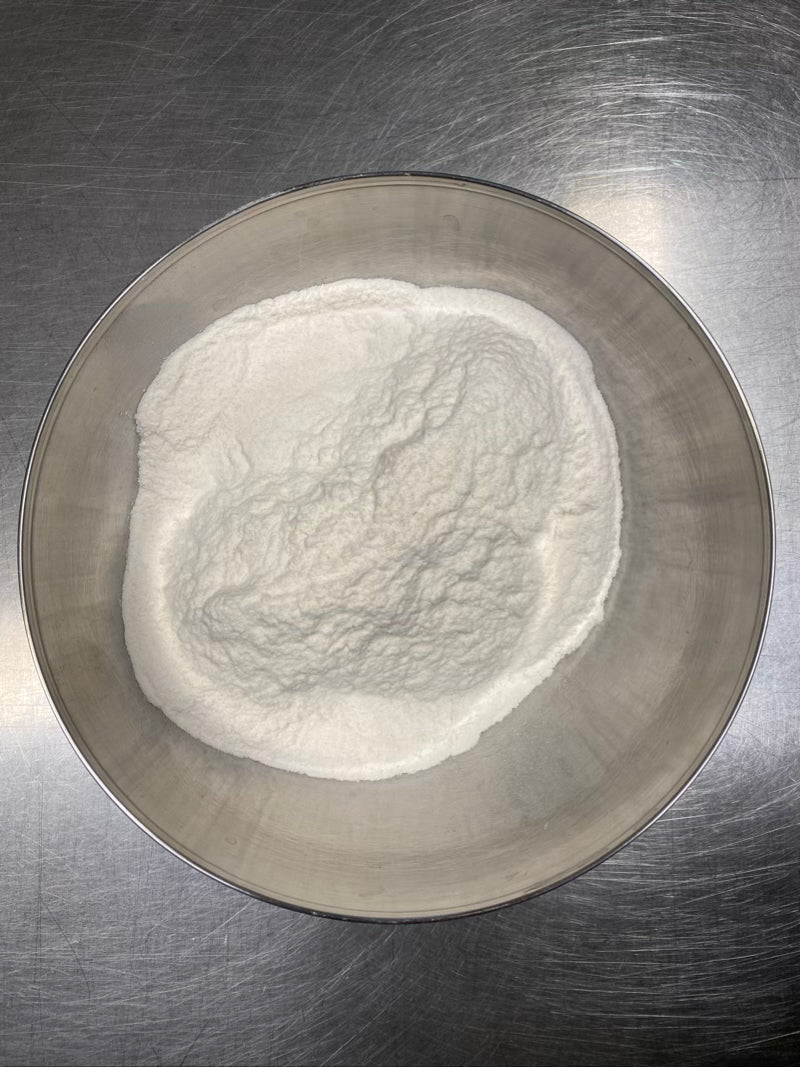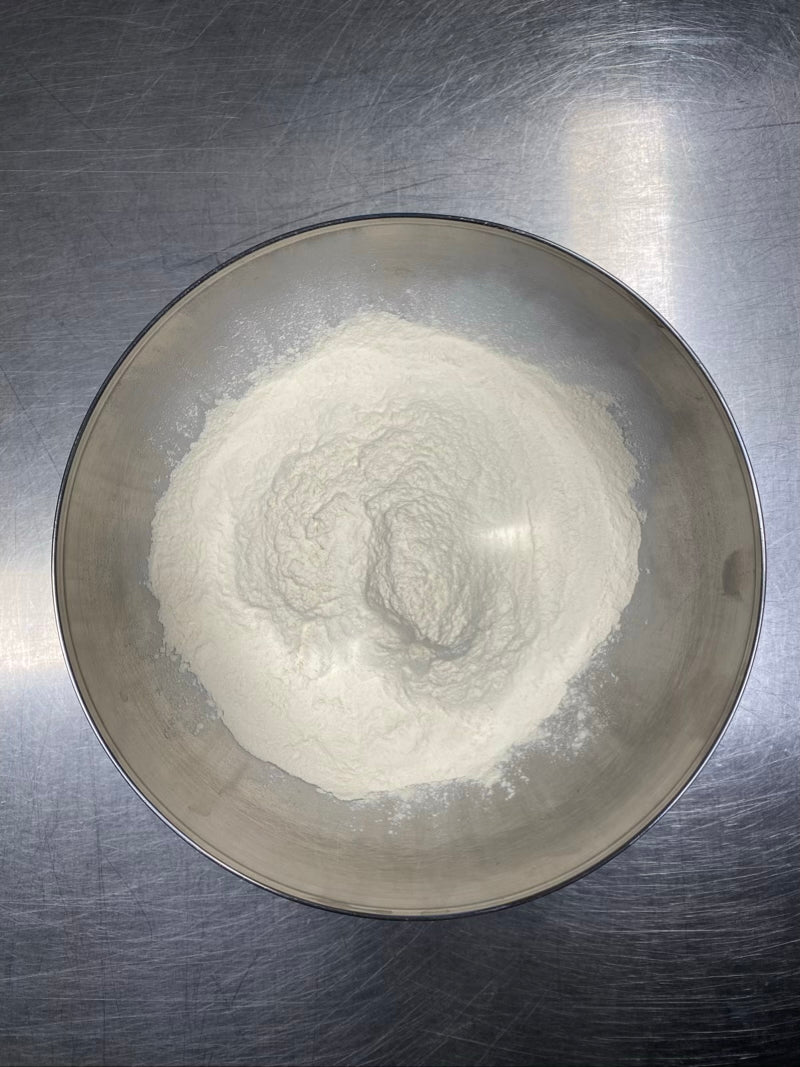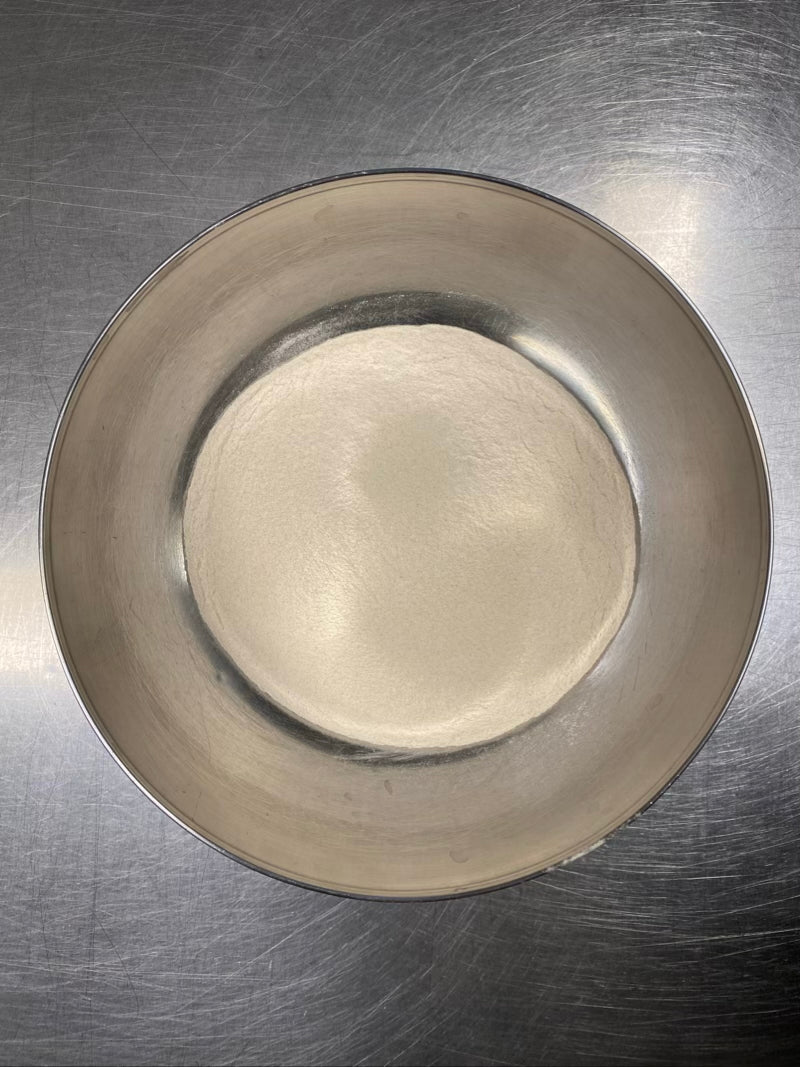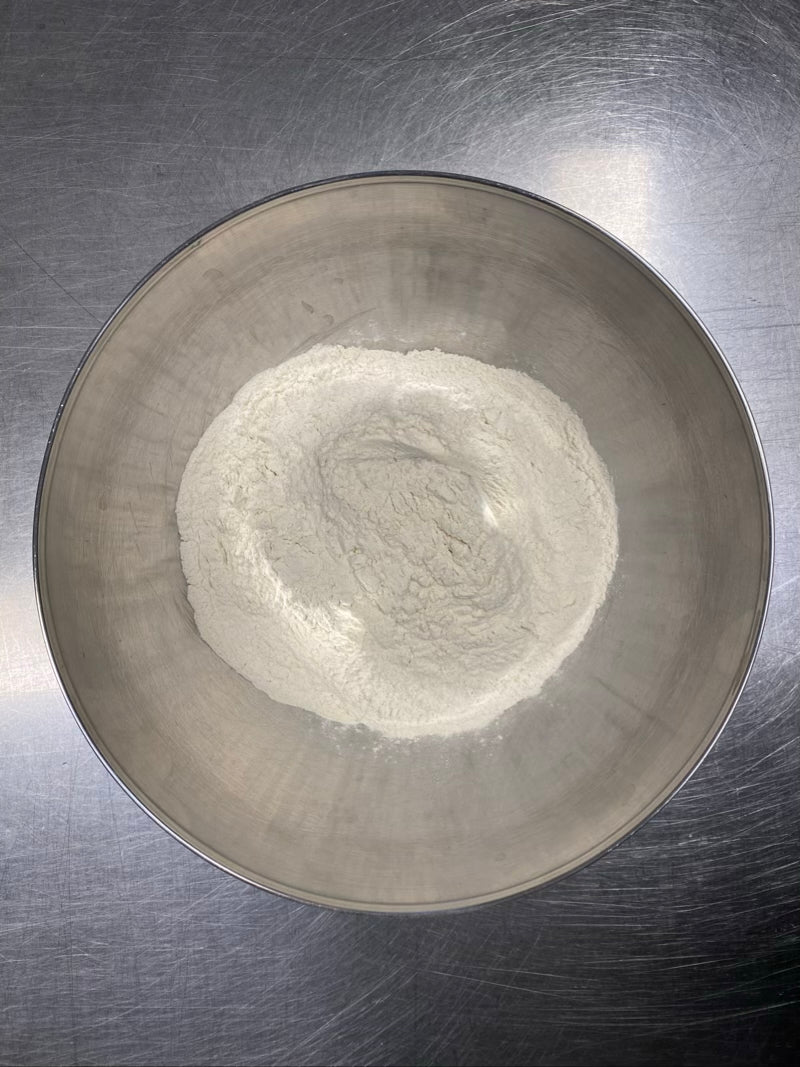Xanthan, what is it?

In the context of gluten-free nutrition, xanthan gum plays a crucial role. Gluten, present in cereals such as wheat, barley and rye, gives elasticity and viscosity to dough, characteristics that are difficult to replicate with gluten-free flours. Thanks to its properties, xanthan gum can mimic some of the functions of gluten, improving the structure and consistency of gluten-free products.
10 reasons to use xanthan gum in the gluten-free food industry:
1. Improves consistency: gives elasticity and viscosity similar to that of gluten.
2. Stabilizes emulsions: Prevents separation of ingredients in products such as sauces and dressings.
3. Increases shelf life: reduces starch crystallization, keeping products fresh for longer.
4. Improves moisture retention: Prevents baked goods from becoming dry and crumbly.
5. Versatile: Can be used in a wide range of food products, from baked goods to ice cream.
6. Prevents fruit bleeding: In products such as tarts, keeps fruit juices bound.
7. Does not alter the flavour: it is neutral in terms of flavor and does not alter the taste profile of the products.
8. Efficient in small quantities: only a small amount is needed to achieve the desired effect, making it economical.
9. Suitable for special diets: it is gluten-free, non-GMO and compatible with vegetarian and vegan diets.
10. Improves the workability of doughs: facilitates the handling of gluten-free doughs.
10 reasons against using xanthan gum:
1. Potential digestive problems: In some individuals it can cause complaints such as bloating, gas and diarrhea.
2. Biotechnological origin: Its production through bacterial fermentation may raise concerns among consumers who avoid modified or industrial products.
3. Cost: While efficient in small quantities, its cost can be significant for large-scale manufacturers.
4. Risk of overuse: excess can make products gummy or too viscous.
5. Allergies: Although rare, some people may develop allergic reactions.
6. Interference with some nutrients: May affect the absorption of some nutrients if consumed in large quantities.
7. Complexity in formulation: requires precision in dosage to avoid unwanted effects.
8. Not always easily available: For small producers or consumers who want to prepare gluten-free products at home, it can be difficult to find.
9. Personal preferences: Some consumers may prefer products without additives or emulsifiers.
10. Alternative to natural sources: There are natural alternatives that some consumers may prefer for ethical or dietary reasons.
Difference with psyllium and other gums:
Xanthan gum is distinguished from other gums (such as guar gum, gum arabic, etc.) and from psyllium mainly by its origin and mechanism of action. Psyllium, derived from the seeds of the Plantago ovata plant, is rich in soluble fiber and has strong absorbent power, making it useful for increasing volume and moisture retention in gluten-free products. Unlike xanthan gum, psyllium may also benefit digestive health.
Other gums, such as guar gum made from the seeds of the guar plant, have similar properties to xanthan gum but may vary in viscosity, solubility, and reactivity with other ingredients. The choice between these gums depends on the specific application, the properties desired in the final product, and consideration of any dietary restrictions or consumer preferences.









Share:
HPMC, what is..?
Water-roux, what is it and what is it for?